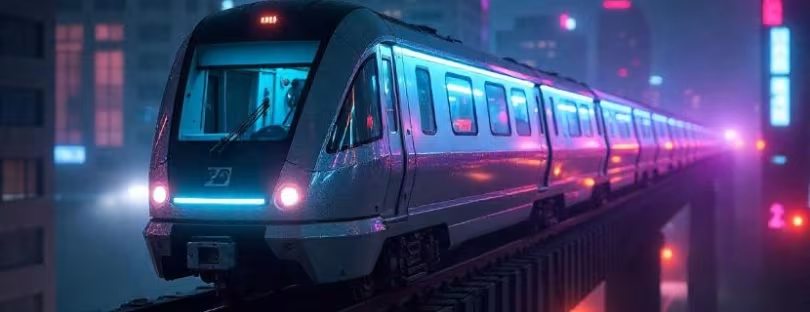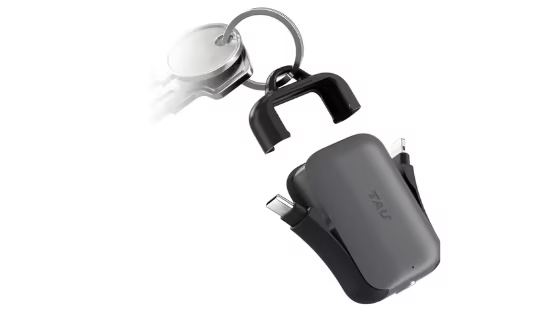
Malaysia, Singapore Debut High-Speed Driverless Train
The first driverless trains for the Johor Baru-Singapore Rapid Transit System (RTS) Link were unveiled on 30 June and will begin testing at a new S$800 million (about US$626 million) facility in Singapore starting this month. RTS Link Singapore Johor Bahru
The RTS Link is scheduled to be fully completed and operating by December 2026.
The new four-car train is a railway shuttle link approximately 4 km in length with two stations, one in Bukit Chagar, Johor Bahru, Malaysia, and one in Woodlands, north of Singapore.
Once operational, it promises to cut down travel time between the two destinations to a mere five to six minutes. The plan is for passengers to take just 20 minutes or less to get from one end to the other – and that includes the time to clear customs and immigration.
When fully operational, it is expected to alleviate congestion on the 1.056 km Johor-Singapore Causeway, one of the busiest land crossings in the world with about 350,000 travellers daily. The Causeway links Malaysia’s second largest city of Johor Bahru across the Straits of Johor to the town of Woodlands in Singapore.
The overall installation of systems for the RTS Link is 56 percent complete, including the laying of tracks and the installation of the power system that will run the trains.
Features of the trains
When operational, the trains will travel at speeds of up to 80kmh and transport up to 10,000 passengers per hour in each direction over the 4km (2.7km in Malaysia and 1.3km in Singapore) route.
Each train is 76m long and 2.7m wide and consists of four cars with three doors on each side.
The first trains will depart from each end of the line at 6am, while the last trains will depart at 12am each day. The Malaysian transport minister Anthony Loke was quoted as saying that the operating hours may still be adjusted to factor in the working hours of Malaysian commuters crossing from Johor to Singapore to work and who could currently be setting off as early as 5am.
The frequency is expected to be about 3.6 minutes during peak hours.
Each train can carry over 600 standing passengers, or a maximum of more than 1,000. There are a total of 126 fixed seats and 16 pop-up seats, including four foldable ones to accommodate wheelchairs, prams, or luggage. It can carry up to 10,000 passengers per hour per direction.
The driverless train runs at a maximum speed of 80kmh and is powered by a Grade of Automation 4 (GoA4) system, which refers to a system that runs fully automatically without any operating staff on board. The deployment of staff on board the trains for other purposes, such as customer service, is still under consideration.
The trains are fitted with a hearing induction loop system that transmits public announcements directly to hearing aids, a first for both countries’ rail systems. By transmitting audio signals directly into a hearing aid, the system greatly reduces background noise and distortion. The move is meant to enhance safety and inclusivity on board.
Passengers can activate an emergency call button or manually open the doors using red hatches connected to the control centre, which only function when the train is stationary. Other safety features include smoke and fire detectors, as well as windows that can be opened to let in fresh air.
Other security measures include cameras on the train, and boxing up of the areas below the seats, in order to reduce areas where objects can be hidden.
Immigration and customs clearance
What is unique is that the Malaysian and Singapore immigration and customs facilities will be co-located within the same building. This will allow the entire immigration process of leaving and entering both countries to be completed at the departing station.
Upon arrival, passengers will just leave the station without needing to go through border crossing formalities again. When passengers arrive at the station to start their journey, they will pass through automatic fare gates with an open-loop payment system that accepts various forms of payment.
They will then pass through all the necessary immigration and customs checks at the station where they are boarding. This is to prevent the build-up of crowds at the destination station, where passengers can simply exit after disembarking the train.









